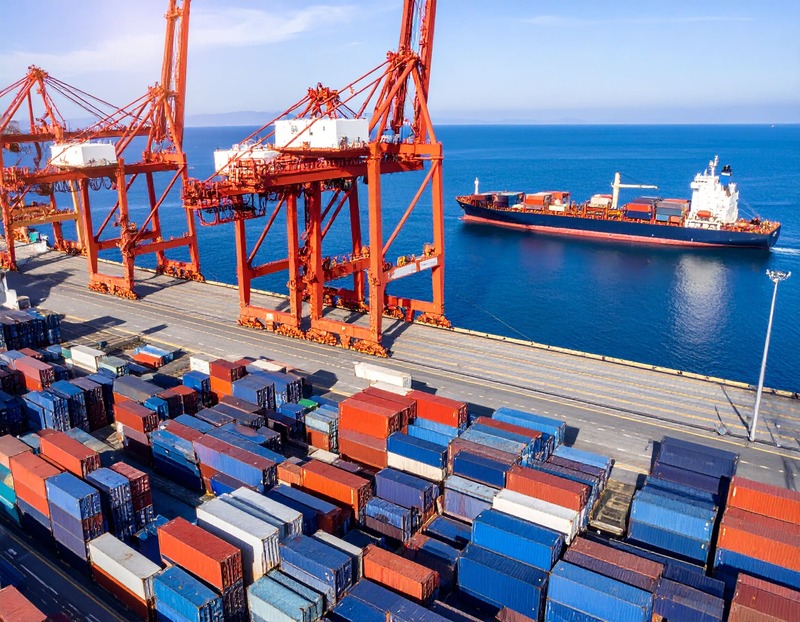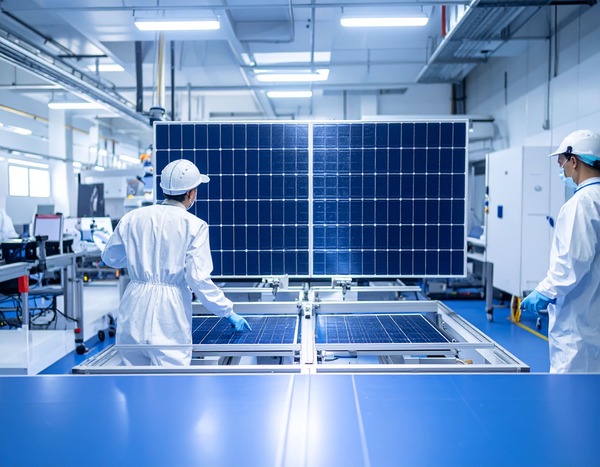China Signals the End of the Global Solar Price War
A Major Policy Shift from the World’s Solar Manufacturing Powerhouse


China, the global leader in solar panel manufacturing, is taking decisive steps to curb the aggressive pricing strategies that have dominated the solar sector for the past decade. In a move that marks the beginning of a significant market reset, the Chinese government has initiated sweeping changes aimed at restoring stability and profitability across the supply chain.
And most notably, China is proposing to end the 9% VAT export rebate, a policy that has historically subsidised aggressive export pricing and fuelled the global solar price war. While not yet confirmed, this potential policy shift has already sent strong signals to international markets that China intends to rebalance its solar strategy from volume-driven growth to value-oriented sustainability.
Why China Is Reining In the Race to the Bottom
For years, China’s solar boom has been a double-edged sword: powering global solar adoption while destabilising markets with relentless price cuts. But Beijing is now openly recognising the downside of its “growth at all costs” model.
Key Issues Driving the Policy Intervention:
- Excessive Manufacturing Overcapacity:
As of the end of 2024, China had developed over 1,800 GW of module production capacity, more than double the global demand of approximately 700 GW. This has led to extreme oversupply and intense price undercutting.
- Inefficient Capital Allocation:
A wave of speculative investments, often lacking strategic focus or technological differentiation, resulted in redundant production facilities competing on price alone.
- Failure of Voluntary Regulation:
Previous industry efforts to implement voluntary production caps and price floors were unsuccessful, as smaller firms undermined them to maintain short-term cash flow.
- Unsustainable Operations Across the Sector:
Even top-tier manufacturers have struggled to remain profitable, with many continuing production at a loss in the hopes of surviving long enough to outlast competitors.
Government Action: Restructuring the Solar Sector
In early July, President Xi Jinping chaired a high-level meeting of the Central Financial and Economic Affairs Commission to address the deepening crisis. Days later, the Ministry of Industry and Information Technology (MIIT) called a closed-door meeting with the country’s largest solar companies to begin coordinating a sector-wide restructuring.
Core Elements of China’s Solar Market Recalibration:
- Proposed Removal of Export Rebates:
The 9% VAT export rebate is on the chopping block, raising export costs and potentially curbing dumping practices.
- Imposition of Minimum Pricing Rules:
Regulators may implement price floors based on verified production costs to prevent below-cost sales and restore sustainable margins.
- State-Led Industry Consolidation:
Mergers, acquisitions, and factory closures are expected, with the government offering regulatory and financial support to streamline the sector.
- Capacity Quotas for Key Inputs:
Quotas on materials such as polysilicon, wafers, and glass aim to tackle overproduction at its source and stabilise the supply chain from the bottom up.
Global Impact: What This Means for the Solar Industry Outside China
These developments will likely reshape global pricing dynamics and create new opportunities for international players.
Anticipated Effects:
- Stabilisation or Moderate Increases in Pricing:
The era of ever-declining prices may be coming to an end. With overcapacity addressed and export subsidies removed, solar panel and inverter prices are expected to level out or rise modestly.
- Improved Project Economics for Developers:
Greater price predictability allows installers, EPCs, and developers to plan and model projects more reliably, potentially increasing internal rates of return.
- Competitive Advantage for Non-Chinese Manufacturers:
Western brands with established quality standards, strong customer service, and diversified supply chains may gain market share as less competitive Chinese firms scale back.
- Procurement Opportunity During Transition Period:
While the changes are still being implemented, a limited window remains for buyers to secure inventory under current pricing structures before costs begin to rise.
A Sector in Transition
China’s actions signal a broader turning point for the solar industry, moving from a phase of unchecked growth and underpricing toward one of policy-led recalibration and long-term sustainability. The implications extend well beyond China’s borders, impacting procurement strategies, market competitiveness, and investment planning in every major solar market including Australia.
To understand how these shifts might affect your off-grid energy projects or wholesale supply planning, contact the team at Solar 4 RVs. We're here to help you navigate the evolving solar landscape with clarity and confidence.





























